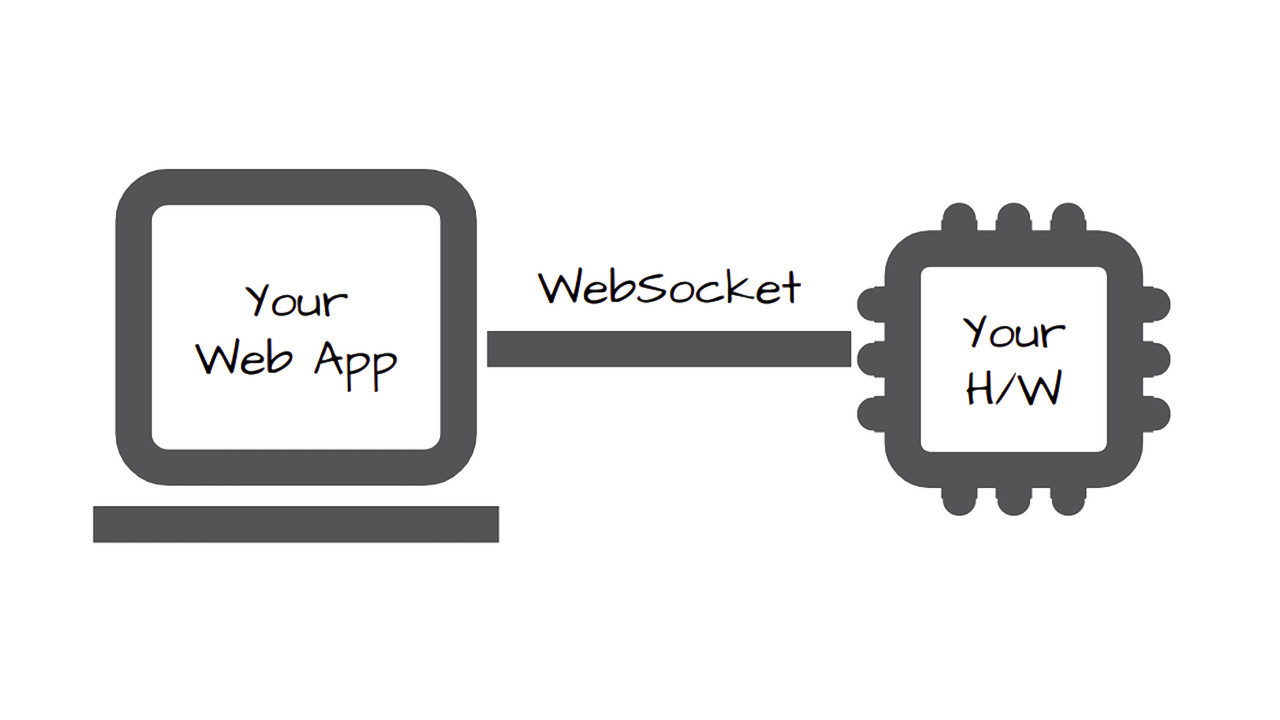Redwood EDA’s Steve Hoover has written of a Google Summer of Code student who “helped open the floodgates” of free and open source silicon (FOSSi) by contributing to the 1st CLaaS framework project: Ákos Hadnagy.
“While [the] open source silicon community is a hotbed of enthusiasm, it is several decades behind the world of open source software,” Hoover writes, listing “three reasons this movement has, thus far, not been able to take off like open source software” and “why these three obstacles are all coming to a very sudden and dramatic end, that will unleash a tidal wave, catching the silicon industry by surprise.
“So, why is coding and sharing circuit models any different from sharing software? Three reasons: implementation details; access to software, access to hardware,” Hoover explains. “My personal contributions to this open source silicon movement stem from my startup, Redwood EDA. We directly target problem #1 by providing tools that support advanced (yet simpler) circuit modelling techniques. And, to address #2, we make all of our software freely available online for open source development. But neither open source EDA nor the efforts of my startup had been able to noticeably impact problem #3, access to hardware.
“In the past few years, cloud providers have begun incorporating FPGAs into their datacentres. These are available to anyone with an internet connection and a credit card, bundled with industry-class EDA software, on a pay-per-use basis. Wow! This is the solution to hardware access! An open source developer can provide not only their hardware model but also the platform for which their model was designed. A user can download and go, just like they can with software! …in theory. So here’s the rub. The learning curve for cloud FPGA platforms has been way too high for the open source community to latch on.”
Returning Google Summer of Code participant Hadnagy worked with Hoover to build up an FPGA webserver framework dubbed “1st CLaaS” – custom logic as a service. “Very simply, 1st CLaaS wraps a developer’s custom FPGA logic as a microservice. Standard web protocols can be used to stream bits to and from this logic, and platform details are hidden by the framework,’ Hoover explains. “So there is no longer anything standing in the way! Hobbyists can build and share hardware, and open source silicon can thrive. Just imagine the disruption this will have on the industry, which is currently driven by corporate giants. And with easy web integration, the opportunity and demand for hardware acceleration should rise, and we could start to see some interesting new capabilities on the web that were not imaginable until now.”
Hoover’s full post is available on the Google Open Source blog, while 1st CLaaS is available on GitHub under the BSD 3-Clause licence. Hadnagy, meanwhile, presented on the project at the recent ORConf free and open source silicon conference, a video of which will be added to this article once available.
